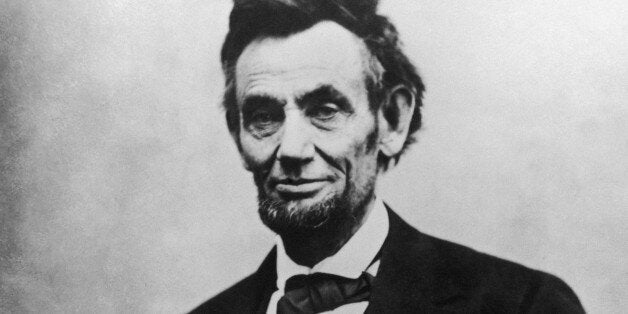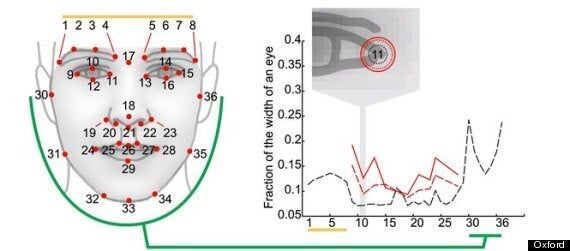
Doctors might soon be able to diagnose rare genetic illnesses by scanning old family photos.
The technique uses a powerful computer to look for the signs of genetic disorders and other conditions using a modified form of facial recognition.
The method could even help to diagnose illnesses for which there is no other genetic test. Doctors are currently forced to look for facial features to look for signs of around 30-40% of genetic disorders, but most GPs don't have the training to do this themselves.
The new computerised method could mean to faster, mass searches for genetic conditions, and greater rates of diagnosis.

New Scientist reports that Christoffer Nellåker and Andrew Zisserman of the University of Oxford are responsible for the new technique.
"The idea is to offer it to health systems right across the world because all you need is a computer and a digital photo," said Nellåker.
The system relies on training a computer to recognise the disorders on its own. To make that happen the team fed a computer 1363 pictures of people with eight genetic disorders, including Down's syndrome and progeria, and observed that the computer was able to accurately recognise the difference.
Interestingly, the system is also able to scan historical photos - and the team thinks its work shows US President Abraham Lincoln might have suffered from Marfan syndrome, which results in unusually large facial features.
On average about 93% of predictions were correct, and the team thinks it can improve the numbers even more. So far the system is about 30 times more accurate than pure chance.
Even better, the system uses normal photos and not 3D images, which are more difficult to obtain.
The study said:
"Since any normal 2D image can be analysed, this approach is available to any clinician worldwide with access to a camera and a computer. This can also reduce the need for patient inconvenience in a clinical setting because a family photo album could provide the required image(s)."